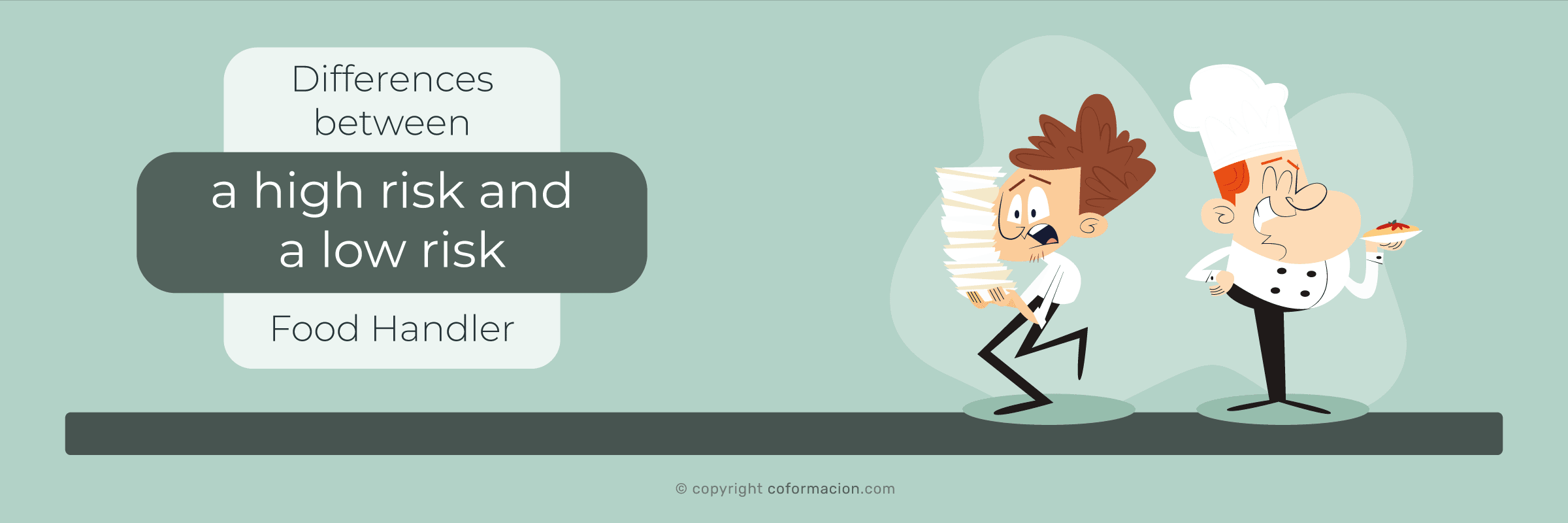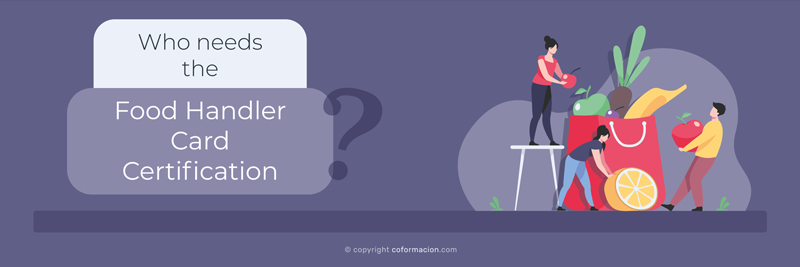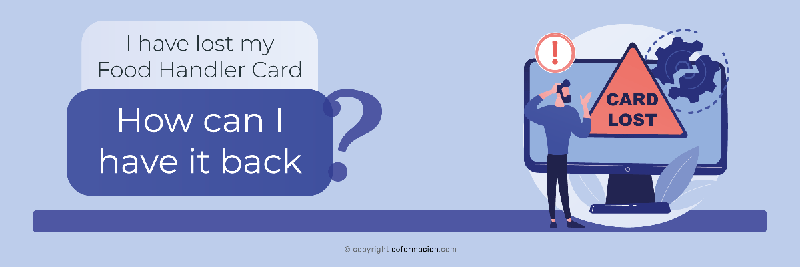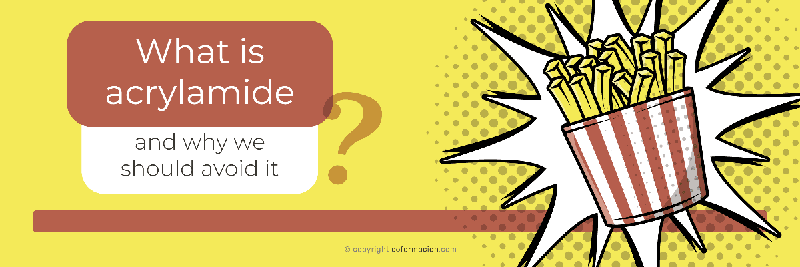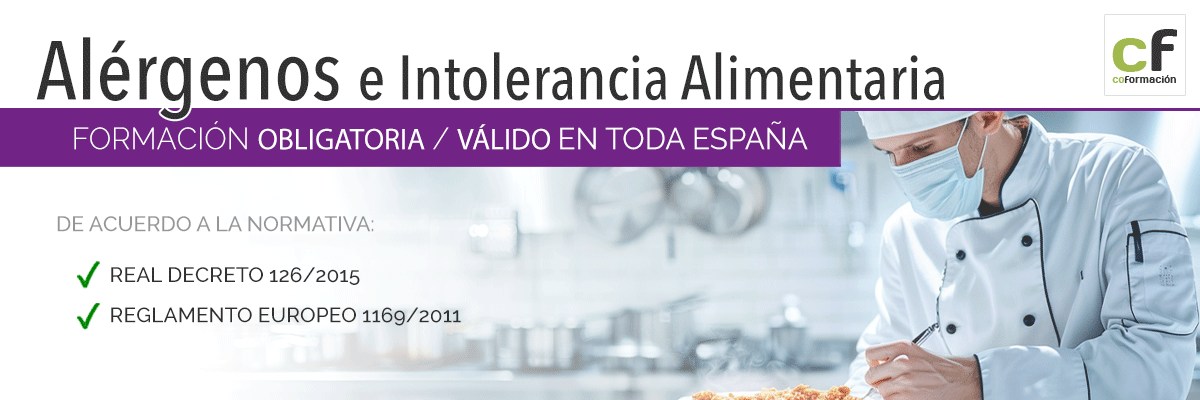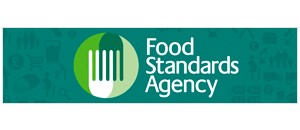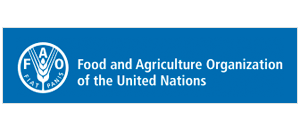Differences between a high risk and a low risk Food Handler
02/25/2021There are different levels of risk in the different activities of food handling, which is why there is a basic handler card and a high risk card, also known as a higher risk card.
Thus, it is not the same to operate a loading machine to fill trucks and transport packaged food, such as soft drinks or pasta, as it is to prepare special food for an intensive care unit in a hospital. The differences, apart from the type of work it is, are evident in the sense that the food-hygiene risk is higher in the second case.
This is reflected in the training needs of the personnel who are in charge of these tasks at various levels but, above all, as regards the handling of the food and the care that must be taken when carrying out these activities. That is why there is a differentiation in the types of training depending on the risk for which they are designed.
Here's what each one consists of:
Table of contents:
Food handling at a basic level (low risk)
The food handler at a basic or low risk level is a person who occasionally may be in contact with food in a non-direct way or who, in some way, may be involved in the food processing chain without having direct contact with food.
This type of card or certificate is suitable for the transport of goodsfood, for agricultural-livestock production or for those jobs where, indirectly, it is treated with food or participates in its processes in the food industry.
The training is more basic, too elementary, so there are many training companies, such as ours, that we choose to teach directly the food handler course of greatest risk as the minimum basic training in the matter. In the end, it is a more versatile and safe training, complete and useful for the needs of the professional and the labour market. On the other hand, the amount of training content and difficulty does not increase, so we understand that it is worth to take the higher risk training directly.
High risk food handling
When food is processed directly with its handling, both fresh and cooked, and its intermediate stages, the risks incurred must be taken into account so that they can be prevented and minimized as much as possible. To this end, specialised training companies offer courses, such as Coformacion, which enable them to carry out these activities, on which the organoleptic quality of the final foods and, above all, their safety and security for consumers in terms of health risks, depend.
Currently, the high risk food handler course has been standardized as the common course that we offer to companies specialized in the accreditation and certification of food professionals.
The difference in effort and cost for obtaining the card is almost the same for both, in fact the certification and validity is the same for legal purposes , being the companies responsible for their Health and Hygiene Plans and the requirements of each position within their production structure.
At Coformación, we recommend to become qualified as a food handler with a course that already includes a more general approach, as this will train the professional in a much more solid way and will make him/her more competitive for a similar effort and cost. In fact, the cost is usually the same, but you don't need to have two certificates, so you can only have one for practically the same training.
More Articles

What is a Food Hygiene Certificate?
05/05/2021

How to renew your Food Hygiene Certificate
04/20/2021
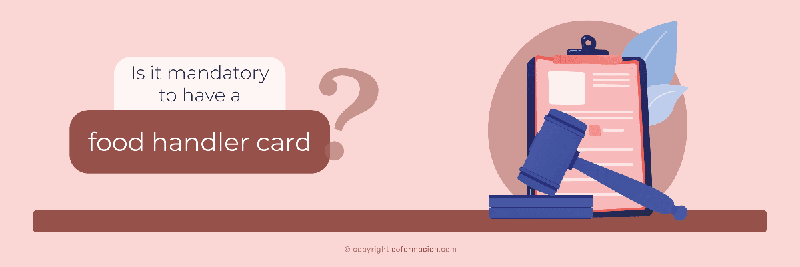
Is it mandatory to have a Food Handler Card?
04/08/2021
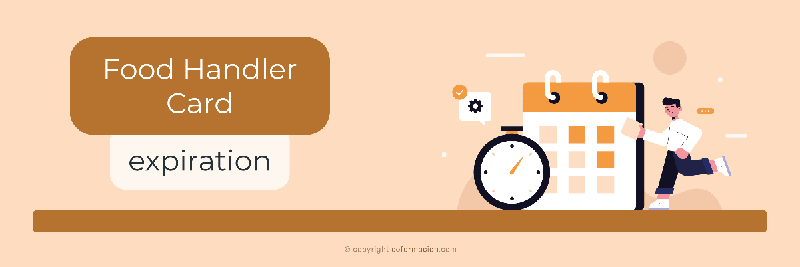
Food Handler Card expiration
03/04/2021
